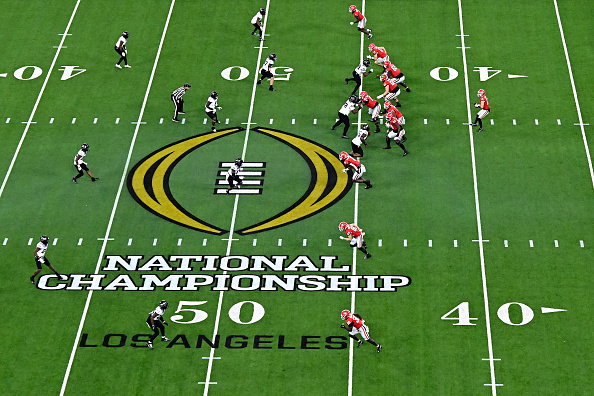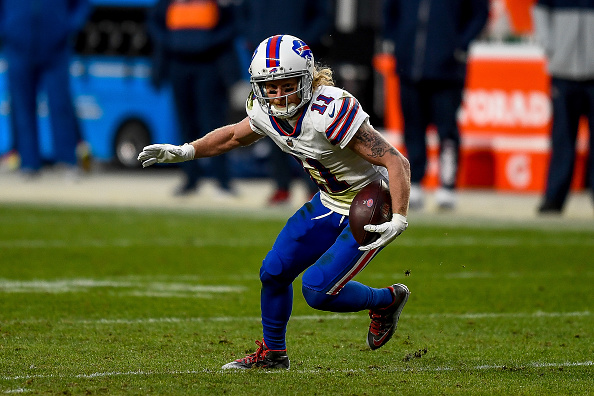Dr. Beth Sullivan| July 9th, 2019
The week of July 4th was full of unusual medical news from the sports world. It started with the untimely and unexpected death of Los Angeles Angels pitcher Tyler Skaggs and ended with the news that former New England Patriots linebacker and current ESPN analyst Tedy Bruschi had suffered a second stroke. His first occurred in February 2005 during the offseason.
Since this news broke Friday morning, there has been an ongoing debate on social media platforms on whether the symptoms he suffered were truly a stroke, whether a TIA is a mini-stroke and exactly what the difference between the two conditions is. I’m glad those questions have been raised, because discussing the subject may save someone’s life.
TIA vs Stroke
By definition, a Transient Ischemic Attack (TIA) is like a stroke in that it has similar symptoms, but unlike full-blown stroke symptoms usually last less than 24 hours and causes no permanent damage to the brain. Muscle and nerve function returns to normal upon the resolution of symptoms. In a TIA the blood flow to the brain is temporarily interrupted and when the blood flow returns the function does too. A TIA is often called a ministroke and while technically not a Stroke, a transient ischemic attack may be a warning sign of future problems. About one in three people who have a TIA will eventually have a stroke, with about half of these occurring within a year after the transient ischemic attack. A TIA should be considered a warning of more serious medical consequences and a call to action for the patient to change aspects of their life to try to prevent a future stroke.
In contrast, a stroke is a “brain attack” that leaves behind permanent damage. It can happen to anyone of any age at any time. It occurs when blood flow to an area of the brain is cut off. for a prolonged period of time. When this happens, brain cells are deprived of oxygen and begin to die. When brain cells die during a stroke, abilities controlled by that area of the brain such as memory, speech and muscle control are lost. Early intervention during an evolving stroke is concerned with on getting the blood flowing again so that cell death is minimized. There are two types of stroke. The less common but more often deadly hemorrhagic stroke can be caused by either a ruptured brain aneurysm or a leak in a weakened blood vessel supplying the brain. In both cases, the blood leaks into the brain tissue. The more common ischemic stroke occurs when a blood vessel carrying blood to the brain is blocked by a blood clot. If the blood clot is not cleared quickly permanent damage can occur.
Stroke Facts
- Stroke is the fifth leading cause of death and the leading cause of adult disability in the United States.
- A stroke happens every 40 seconds and someone dies from a stroke every four minutes.
- Each year nearly 800,000 people experience a new or recurrent stroke.
- 80 percent of all strokes can be prevented through lifestyle modifications and healthier living.
Warning Signs
- SUDDEN numbness or weakness in the face, arm or leg, especially on one side of the body
- SUDDEN confusion, trouble speaking, or understanding (slurred or unintelligible speech)
- SUDDEN trouble seeing in one or both eyes (blurred
- SUDDEN trouble walking, dizziness, loss of balance or coordination
- SUDDEN severe headache with no known cause
If any of these warning signs occur, call 9-1-1 immediately. If possible, make a note of the time the first symptom occurred because the countdown to permanent brain damage starts at the onset of the first symptom.
A mnemonic to remind everyone to Act F-A-S-T if a stroke is suspected.
F – Face – Ask the person who is having symptoms to smile, is there any evidence of one side of the face drooping?
A-Arms – Have the person with symptoms raise arms, are they unable to keep both arms raised?
S – Speech – Have person repeat a simple phrase is there any slurring or otherwise strange?
T – Time – If any of these symptoms is present, not the time and call 9-1-1 immediately.
Risk factors for stroke
Lifestyle Risk Factors are eating habits, physical activity level, smoking, and drinking alcohol. Lifestyle risk factors are habits or behaviors people choose to engage in. If changed, they can directly affect some medical risk factors by decreasing future risk.
Medical Risk Factors are medical conditions like high blood pressure, atrial fibrillation (AFib), high cholesterol, diabetes and circulation problems are medical risk factors for stroke and can be controlled with appropriate treatment.
Age, gender and ethnicity also represent a risk for stroke, but unlike the other risk categories, these are not controllable.
Hopefully, this information about “brain attacks” will help everyone to know the risks and also what to do if a friend or loved one is experiencing any of the symptoms. Remember:
Act F-A-S-T
Questions and comments?
thescorecrowsports@gmail.com
Follow Us on Twitter @thescorecrow
Follow Us on Reddit at u/TheScorecrow
Follow Us on Facebook at The Scorecrow
Follow Us on Instagram at The Scorecrow
Facebook Group where you can read and post articles at The Scorecrow
Reddit Group where everyone can post without fear of being banned at The Scorecrow
Follow Beth Sullivan on Twitter @GAPeachPolymer
Main Image Credit: [getty src=”465779025″ width=”594″ height=”395″ tld=”com”]








